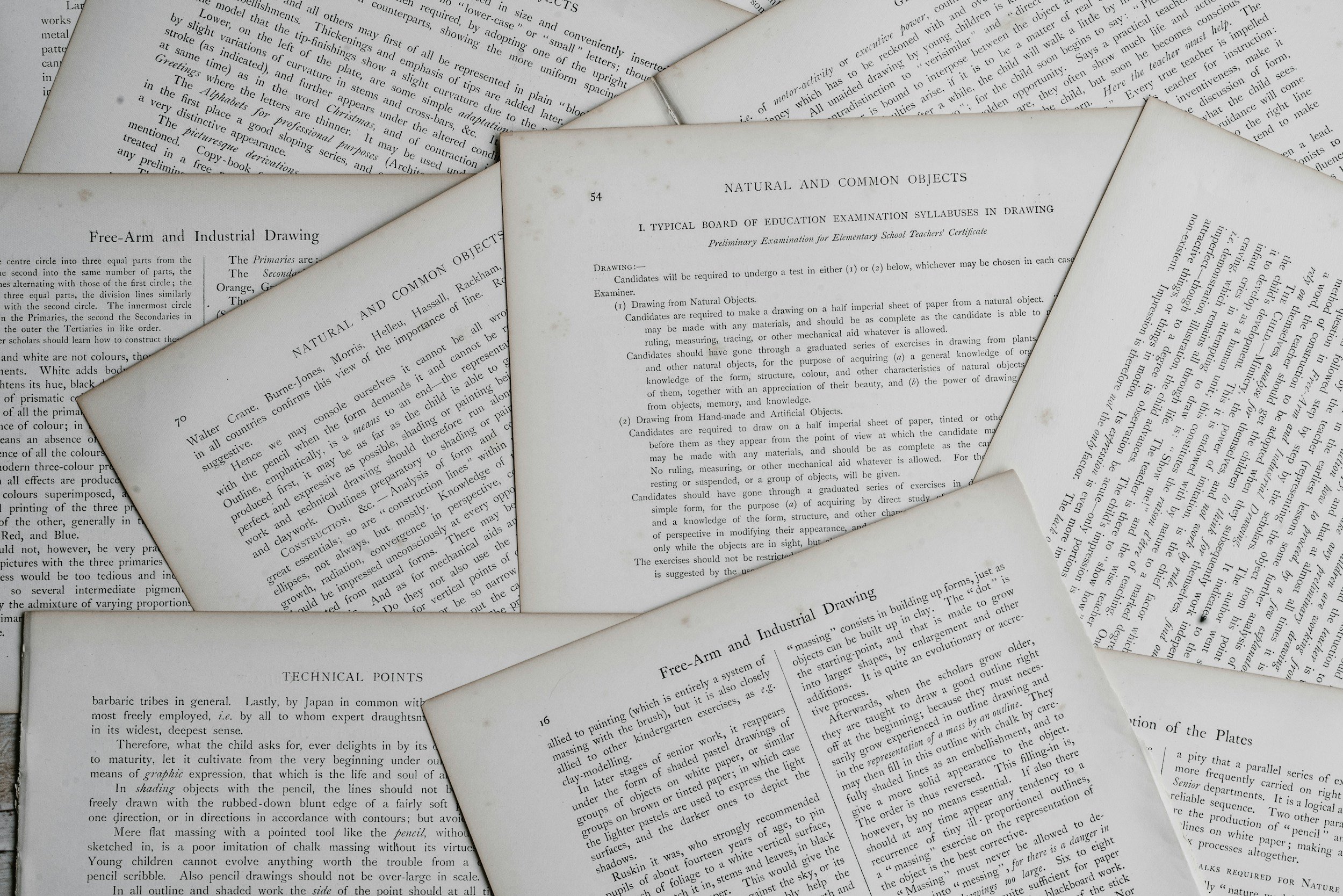APA Writing Style Checklist for Psychology Students
Writing in APA style is a fundamental skill for psychology students, as it ensures clarity, structure, and academic rigor in research papers, essays, and reports. To help you master this format, here is a easy to follow checklist for writing in APA (7th edition) style.
Always consult the APA Publication Manual (7th edition) for more detailed guidelines if needed, as APA style is constantly evolving.
1. General Document Formatting
Paper Size: Use standard-sized paper (8.5 x 11 inches, A4).
Margins: 1-inch margins on all sides.
Font: Use a readable font such as Times New Roman (12-point), Calibri (11-point), Arial (11-point), or Georgia (11-point).
Line Spacing: Double-space throughout the entire document, including the reference page.
Alignment: Align text to the left; do not justify the right margin.
Paragraph Indentation: Indent the first line of every paragraph by 0.5 inches.
Page Numbers: Add page numbers to the top right of every page, starting with the title page.
2. Title Page
Title of the Paper: Centered, bold, and written in title case (capitalize major words).
Author Name: Write your full name (first name, middle initial if used, and last name).
Institutional Affiliation: Include the name of your institution (e.g., your university).
Course Information: Add the course name and number, instructor’s name, and due date.
Page Number: Include page 1 at the top right.
3. Abstract (if required)
Length: 150–250 words.
Format: A single paragraph, double-spaced, with no indentation.
Content: Provide a concise summary of the research question, methods, results, and conclusions.
Keywords: List 3-5 keywords beneath the abstract, italicized, indented, and separated by commas.
4. Headings and Subheadings
Level 1 Heading: Centered, bold, title case.
Level 2 Heading: Left-aligned, bold, title case.
Level 3 Heading: Left-aligned, bold, italicized, title case.
Level 4 Heading: Indented, bold, title case, ending with a period. The text follows directly.
Level 5 Heading: Indented, bold, italicized, title case, ending with a period. The text follows directly.
5. In-Text Citations
Paraphrasing: Include the author(s) and year in parentheses. Example: (Smith, 2022).
Direct Quotations: Include the author(s), year, and page number (or paragraph number for sources without pages). Example: (Smith, 2022, p. 45).
Multiple Authors:
One author: (Smith, 2022)
Two authors: (Smith & Johnson, 2022)
Three or more authors: (Smith et al., 2022)
Special Cases:
If the author’s name appears in the text: Smith (2022) stated...
For organizations as authors: (American Psychological Association [APA], 2020); subsequent mentions: (APA, 2020).
6. Reference Page
Label: Center the word “References” at the top of the page, bolded.
Alphabetical Order: Arrange entries alphabetically by the last name of the first author.
Hanging Indent: Each reference entry should have a hanging indent of 0.5 inches.
Format: Follow these guidelines depending on the type of source:
Journal Articles:
Author(s). (Year). Title of the article. *Journal Name*, *Volume*(Issue), pages. https://doi.org/xxxx
Example:
Smith, J. A. (2022). The impact of stress on decision making. *Journal of Psychological Studies*, *45*(2), 34-45. https://doi.org/10.1234/abcd1234
Books:
Author(s). (Year). *Title of the book*. Publisher.
Example:
Brown, P. L. (2020). *Cognitive psychology: An introduction*. Academic Press.
Websites:
Author(s). (Year). Title of the webpage. *Website Name*. URL
Example:
American Psychological Association. (2020). Understanding APA style. *APA*. https://www.apa.org/understanding-style
7. Tables and Figures
Table Format: Label tables with a number (e.g., Table 1), place the title in italics above the table, and ensure table notes are placed below the table.
Figure Format: Label figures with a number (e.g., Figure 1), place the title in italics under the figure, and add figure notes below the title if necessary.
Text Citation: Refer to tables and figures in the text. Example: “As shown in Table 1…”
8. Bias-Free and Inclusive Language
Avoid Biased Language: Use gender-neutral terms, avoid racial or ethnic biases, and use people-first language when referring to individuals with disabilities.
Use Singular "They": Use “they” as a singular pronoun if the gender of a person is unknown or nonbinary.
Respect Identity: Use appropriate terminology for race, ethnicity, sexual orientation, and gender identity. Example: "Black" and "White" should be capitalized when referring to racial groups.
9. Clarity and Precision
Avoid Ambiguity: Be clear and specific with your language.
Avoid Wordiness: Use concise language and eliminate unnecessary words.
Active Voice: Use active voice whenever possible, especially when discussing research you conducted.
Example:
Passive: “The experiment was conducted by the researchers.”
Active: “The researchers conducted the experiment.”
10. Proofreading and Final Review
Check for Grammar and Spelling: Ensure correct usage of grammar, punctuation, and spelling.
Verify APA Guidelines: Double-check that all formatting (in-text citations, references, headings) follows APA style.
Cross-Check Citations: Ensure that every source cited in-text is listed on the reference page and vice versa.
Consistency: Ensure consistency in terminology, style, and tense throughout the paper.
Simply Put
Mastering APA style not only enhances the quality of your writing but also helps you communicate your research and ideas effectively, a critical skill in both academic and professional settings.
Always consult the APA Publication Manual (7th edition) for more detailed guidelines if needed, as APA style is constantly evolving.









Learn how to write in APA style with this comprehensive checklist designed for psychology students. Covers essential APA formatting, citations, references, and more. Perfect for mastering academic writing!